
Origins
The Native Communications Society of the Western Northwest Territories (pre-Nunavut) was incorporated on August 16, 1974. The objectives of the society were to promote and develop communications between the communities of the western Northwest Territories, train Dene, Inuit, and Métis in multi-media, and strengthen the self-image of Indigenous people in the Northwest Territories.
The objectives were originally accomplished through the publication of the Native Press newspaper, the production and broadcasting of radio programming, the establishment of the radio station, and facilitating media training workshops. Due to the changing media landscape and to become more competitive, beginning in June 1990, the Native Press became a weekly newspaper. By 1993, the newspaper was sold. NCS made sure to preserve the archives of Native press, which were donated to the NWT Archives in 2018 (see below).
In 1982, NCS began training for its radio broadcasters. The official opening of the NCS radio station with original call letters CKNM-FM took place during the in late 1986. CKLB now broadcasts over the air to all 33 communities in the NWT, the diamond mines, western Nunavut and Northern Alberta. Of course, through its website, its reach is worldwide.

Publishing
NCS also produces multimedia projects and in 2024, published We Are a River. The book is a explores the rich tapestry of Treaty 11 and its enduring impact on the Dene people. Authored by Shutoatine broadcaster and former Tulita chief Paul Andrew, alongside longtime northerner and former land claims negotiator Patrick Scott, the compelling book delves into the heart of the treaty’s oral and written histories. We Are A River draws on thousands of evocative photographs taken by NCS journalists during the 100th-anniversary Treaty 11 gatherings along the Mackenzie River in the summer of 2021. Distribution is by Northern Quill Publishing.
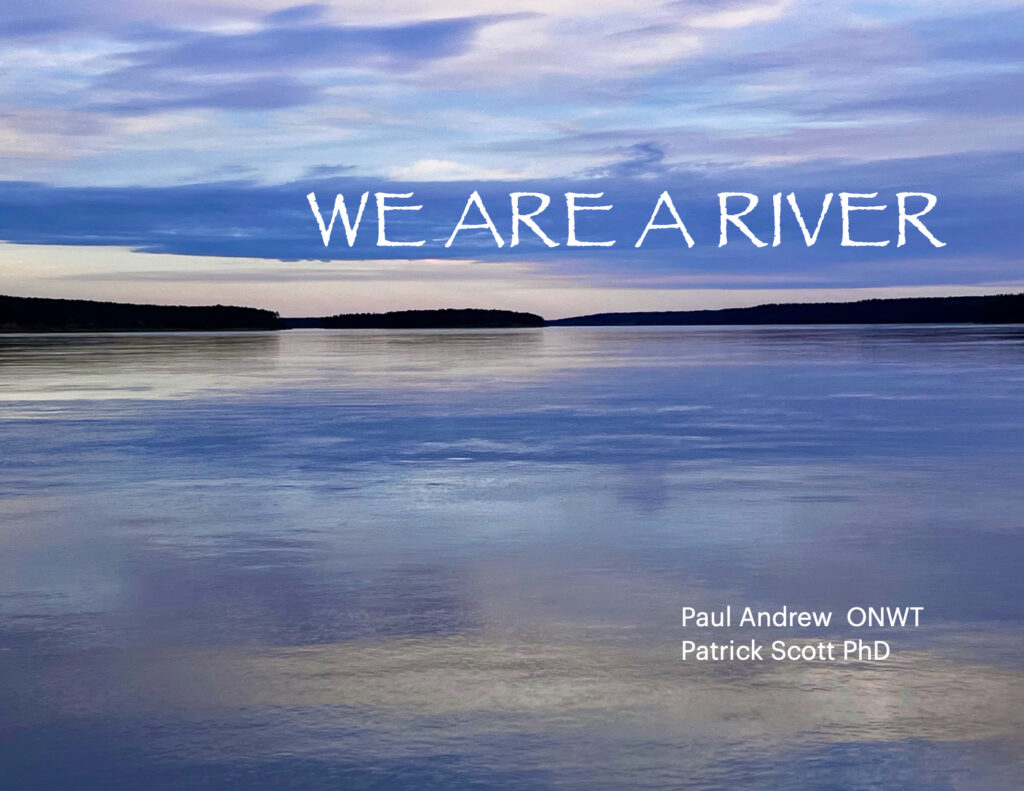
Preserving our past
In 2018, NCS donated a treasure trove of approximately 200,000 images from The Native Press to the NWT Archives. The Native Press was launched in 1971 as a newspaper for the Indigenous people of the NWT; to provide more coverage of Indigenous stories and perspectives from the communities.The collection of photographs spans from the 1970s to 1992 and is being preserved and made available for future generations. The donation ensures the preservation and public access to a significant part of the North’s Indigenous history. Here is a selection of some of those photos, prior to being donated to NWT Archives. All images now copyright NWT Archives. (See below for caption information.)





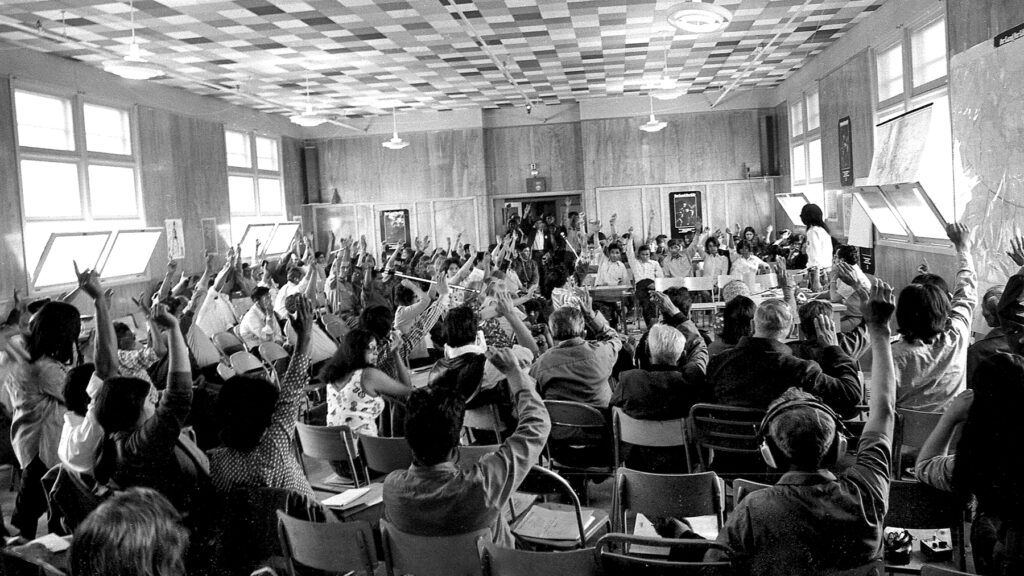


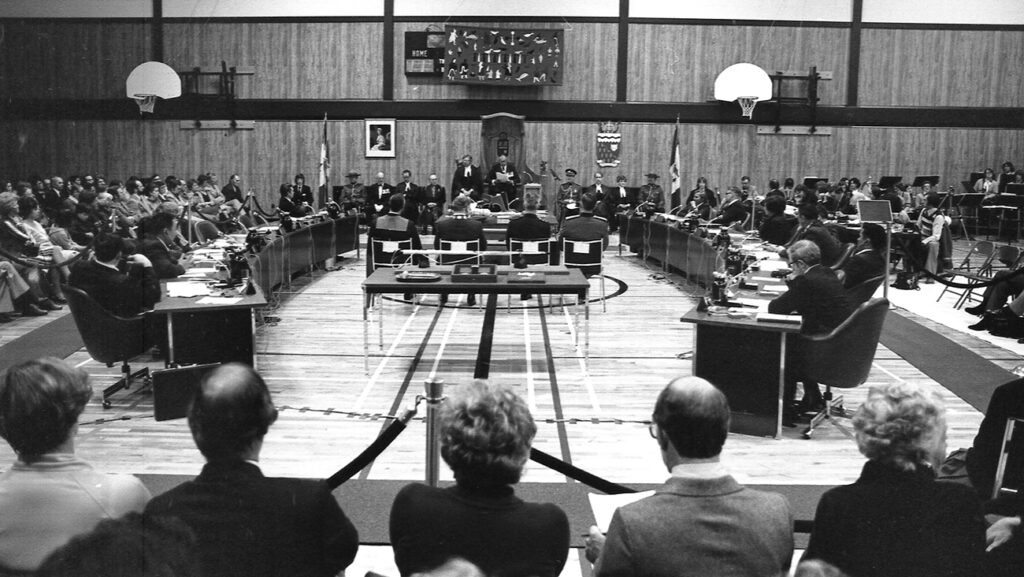
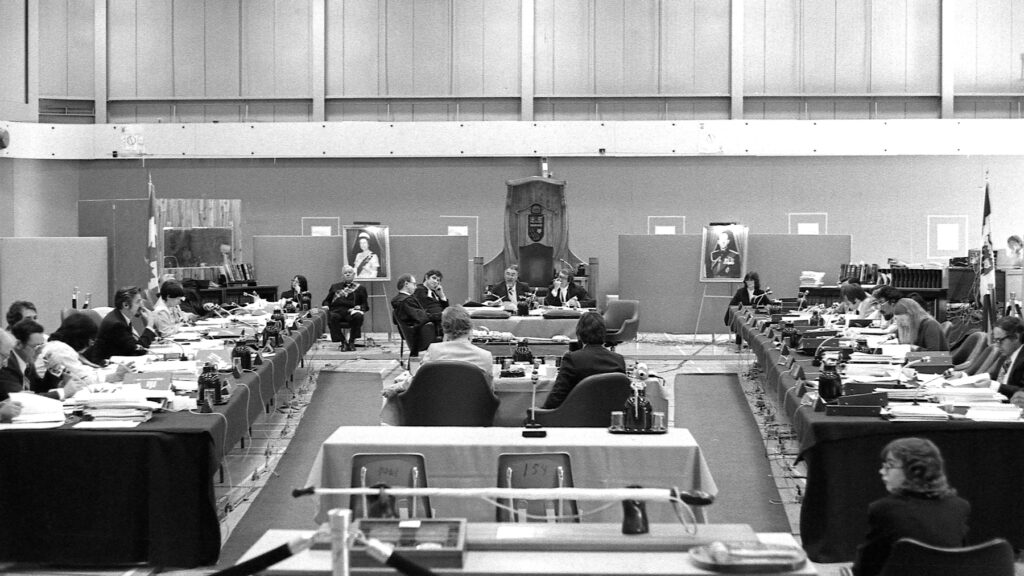

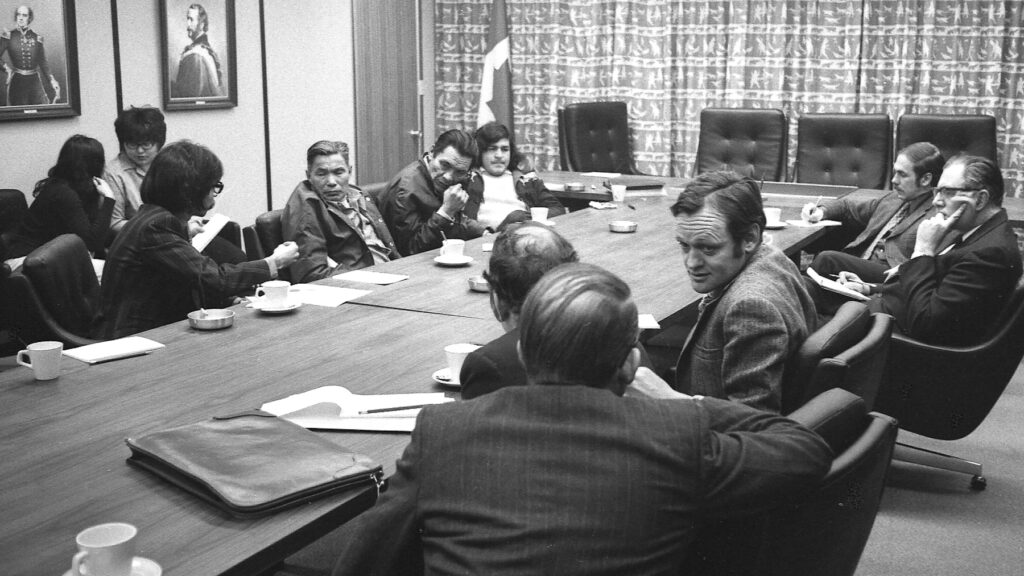


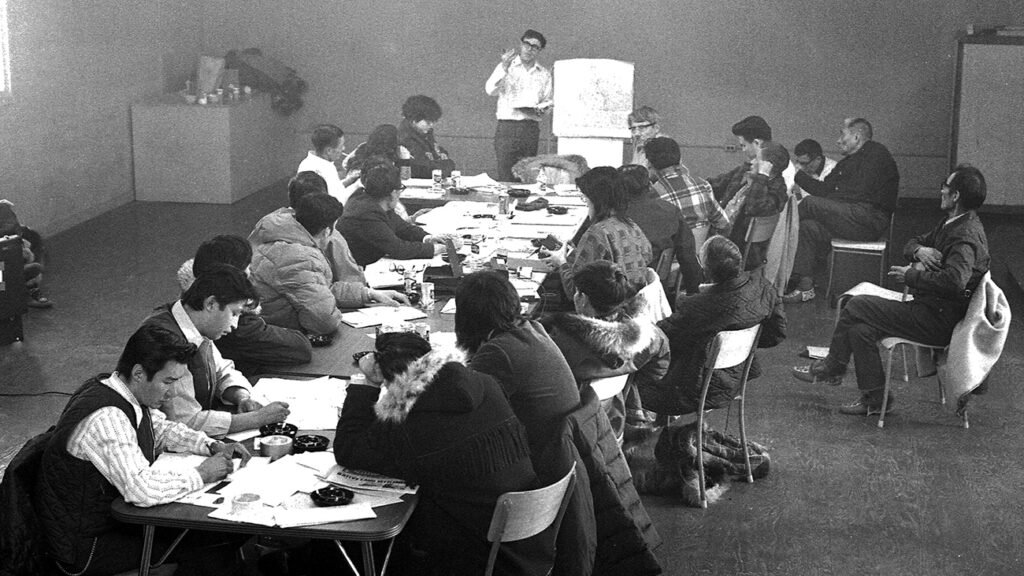



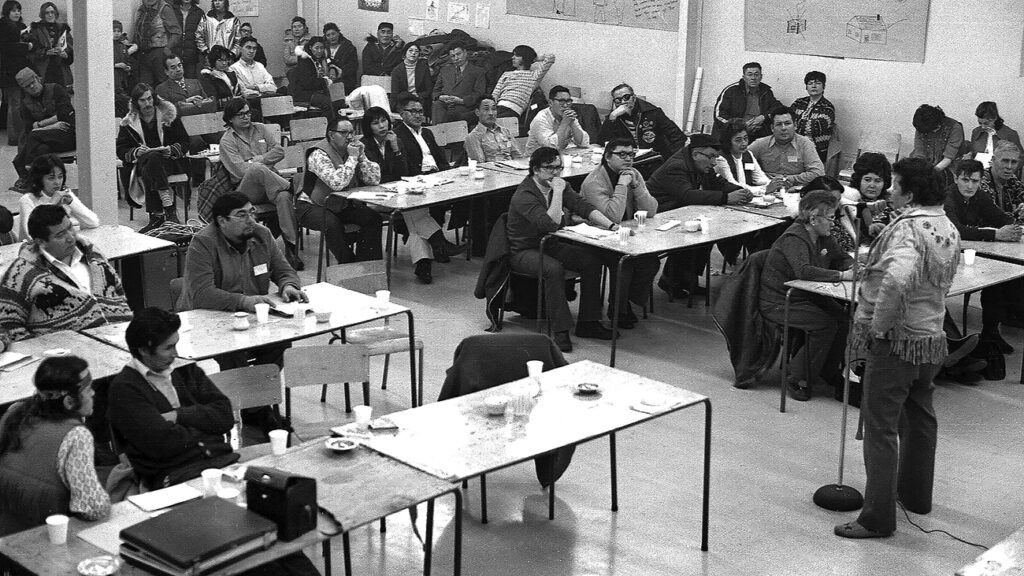




Starting at top left: (1) Elders at Berger Inquiry at Fort Liard in 1975; (2) Fort Rae drum dance in 1971; (3) George Erasmus workshop in 1974; (4) George Erasmus, President Dene Nation in 1977; (5) Herb Norwegian in 1981; (6) NWT Dene declaration vote in Fort Simpson in 1975; (7) Indian Brotherhood Hall at Fort Rae in 1971; (8) Julian Yendo of Wrigley in 1971, a signatory of Treaty 11; (9) Legislative Assembly in 1977; (10) Legislative Assembly in 1981; (11) Louis Blondin and Joe Tobie, CBC Radio, in 1977; (12) meeting with Indian Brotherhood President James Wah Shee and federal Indian Affairs Minister Jean Chretien in 1972; (13) Métis President Rick Hardy at Mackenzie Valley Pipeline Inquiry in 1976; (14) Native Women’s Association meeting in 1981; (15) Nick Sibbeston at Indian Brotherhood workshop in Fort McPherson in 1972; (16) Indian Brotherhood meeting with James Wah Shee at Dettah in 1971; (17) James Wah Shee with Julian Yendo of Wrigley and Judge Howard Sissons at Wrigley in 1973; (18) federal Progressive Conservative Leader Robert Stanfield meets with Indian Brotherhood in 1971; (19) NWT Métis Association AGM in 1973; (20) Co-founder of The Native Press Ted Blondin in 1975; (21) Ted Blondin and Violet Camsell in 1971. They would marry in 1992; (22) A treaty handshake in 1975, the year is significant for the NWT because it marked the beginning of formal negotiations for comprehensive land claims and self-government agreements between the Government of Canada and Indigenous groups; (23) Indian Brotherhood small meeting in a house at small house meeting at Fort McPherson in 1971.
